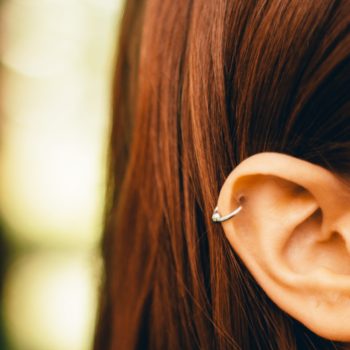An infected cut can lead to serious consequences if not treated properly, therefore it is a priority to recognize it. Even a small wound, which does not even require stitches, can cause major problems, such as skin infections caused by staphylococci or streptococci. In case of infection, it is necessary to consult a doctor immediately, but how can we recognize, as a priority, if a cut has been infected? We talked about it with Dr. Stefano Ottolini, who specializes in emergency medicine at Humanitas.
How to recognize the symptoms of the infection?
To know if a cut is infected, you must check for the presence of some signs: swelling, redness, localized heat (the cut, in fact, is hot compared to the surrounding areas) and the presence of pus. The worst-case scenario is the transformation of an infected cut into a (systemic) infection of the whole body. Evidence of the development of the infection is provided by measuring the fever; it is normal for the cut to be hot, but if the whole body registers an increase in temperature it is because the infection is spreading. And the same is true for pain and swelling: is not normal to occur with particular extension or intensity. Nausea and diarrhea can also be indicators of the diffusion of the infection from the localized lesion to other systems of the body, primarily the gastrointestinal system. What can be done autonomously in the presence of a cut is to keep it clean, disinfected and cover it with a sterile gauze and an adhesive bandage to be replaced every day.
When to use antibiotics?
If a cut or scratch becomes infected there is no alternative: you need to contact a health care professional, because, in most cases, only they can prescribe antibiotics to fight the infection and eliminate it. There are different antibiotics available, and different antibiotics act on different bacteria. To understand the appropriate medication, the doctor may in some cases need to swab the wound and send the swab for bacteriological culture tests. If within a few days the bacteria have grown sufficiently to be viewed under a microscope, their type will be identified. If nothing is grown, the cut was not infected and the antibiotics will not be necessary. All prescribed antibiotics should be taken with a warning to continue until the agreed deadline. Antibiotics, in fact, before the end probably have not yet eliminated all bacteria and those who survived, the strongest, can then develop. An eventuality to be avoided.








